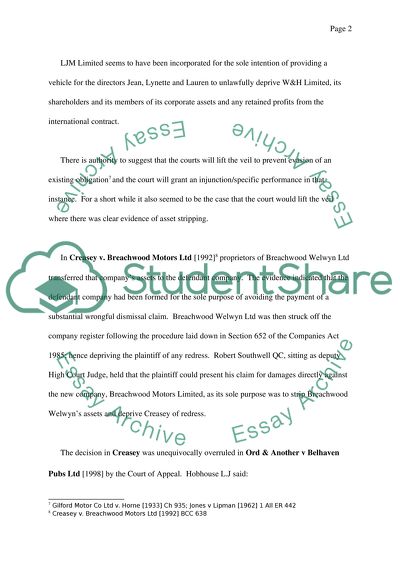Cite this document
(“Company Law - English law Case Study Example | Topics and Well Written Essays - 2500 words”, n.d.)
Retrieved from https://studentshare.org/miscellaneous/1522902-company-law-english-law
Retrieved from https://studentshare.org/miscellaneous/1522902-company-law-english-law
(Company Law - English Law Case Study Example | Topics and Well Written Essays - 2500 Words)
https://studentshare.org/miscellaneous/1522902-company-law-english-law.
https://studentshare.org/miscellaneous/1522902-company-law-english-law.
“Company Law - English Law Case Study Example | Topics and Well Written Essays - 2500 Words”, n.d. https://studentshare.org/miscellaneous/1522902-company-law-english-law.


